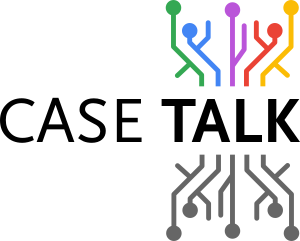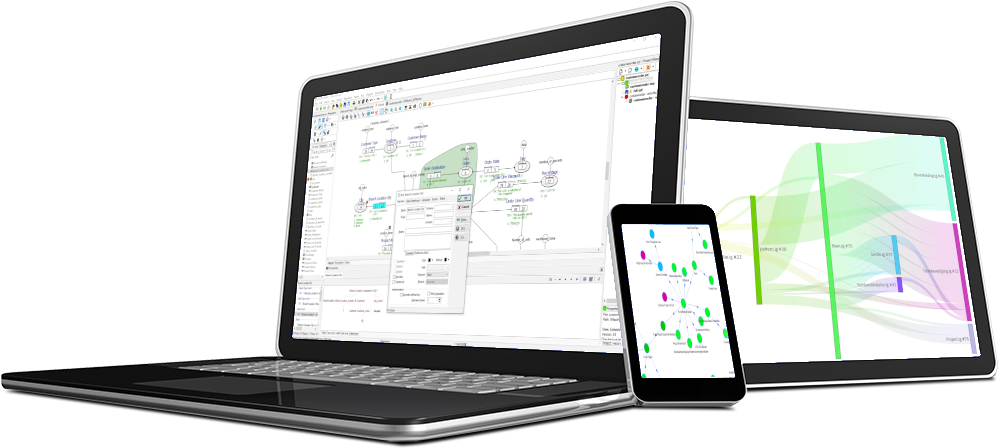How Knowledge, Information, and Data Models Align
In the world of modeling, terms like knowledge models, information models, and data models are often used interchangeably. Yet, each represents a distinct layer of abstraction — from human understanding, to shared meaning, to technical implementation. FCO-IM (Fully Communication-Oriented Information Modeling) elegantly bridges these layers, ensuring that what is communicated and understood by people can be faithfully represented in information systems.
Understanding the Layers
| Layer | Purpose | Typical Representation | Guiding Question |
|---|---|---|---|
| Knowledge Model | Captures understanding — how humans interpret and reason about a domain | Ontologies, expert rules, semantic networks | "What do we know about this world and how do we reason with it?" |
| Information Model | Captures communicated meaning — what information needs to be shared and understood consistently | Fact models, conceptual schemas, message structures | "What information do we exchange or record about the world?" |
| Data Model | Captures implementation structure — how information is stored and processed by systems | ER diagrams, relational schemas, JSON schemas | "How is this information represented in a computer?" |
These three layers are complementary rather than hierarchical. Each focuses on a different aspect of the same underlying reality.
FCO-IM: The Purest Form of Information Modeling
FCO-IM is designed specifically for the Information Model layer. It captures facts as they are actually communicated — in natural language — and gradually structures them into a formal, unambiguous model.
In FCO-IM:
- All modeling begins with fact expressions derived from real communication
- Object types, fact types, and roles are identified directly from those expressions
- Models are validated linguistically through verbalization — every formal statement can be restated in natural language
This makes FCO-IM a communication-true modeling method: it doesn't start from system structures, but from human meaning.
From Information to Data
Once an FCO-IM model has captured meaning at the information level, it can be transformed into a Data Model. This transformation is mechanical and lossless — all semantics in the original model are preserved in the derived data structures.
Typical derivations include:
- Relational database schemas (tables, keys, relationships)
- UML class diagrams
- XML or JSON structures
CaseTalk, the preferred modeling environment for FCO-IM, fully supports these transformations. CaseTalk enables modelers to move seamlessly from fact expressions to logical data designs, ensuring consistency between the conceptual and the technical world.
Connecting to Knowledge Models
Although FCO-IM focuses on information rather than reasoning, it naturally supports the creation of Knowledge Models. Because its semantics are explicit and formal, an FCO-IM model can be transformed into:
- OWL ontologies
- SKOS concept schemes
- SHACL constraint definitions
This opens the door to reasoning, inference, and semantic interoperability — making FCO-IM a powerful foundation for knowledge-based systems.
In short:
FCO-IM models communicated knowledge, not conceptual reasoning, but its precision and structure make it an ideal stepping stone toward formal knowledge representation.
Alignment Summary
| Model Type | Focus | Relation to FCO-IM | Typical Output |
|---|---|---|---|
| Knowledge Model | Human understanding and reasoning | Derived or supported via transformation | OWL, SKOS, rulesets |
| Information Model | Shared and validated meaning | FCO-IM's primary domain | Fact model, population, constraints |
| Data Model | Implementation and storage structures | Mechanically derived from FCO-IM | Database schema, UML, XML, JSON |
Visual Overview
Knowledge Model (reasoning, inference)
▲
│ derived from semantics
│
Information Model (communication of meaning)
│ ←── FCO-IM's native focus
▼
Data Model (representation, storage)
Conclusion
FCO-IM stands at the heart of meaningful modeling — connecting human communication, formal semantics, and system implementation. With CaseTalk as its enabling tool, modelers can transform real-world communication into consistent, multi-layered representations that bridge the gap between people, information, and technology.
In a landscape often dominated by data-centric design, FCO-IM reminds us of a simple truth:
Before information can be managed, it must first be understood.


